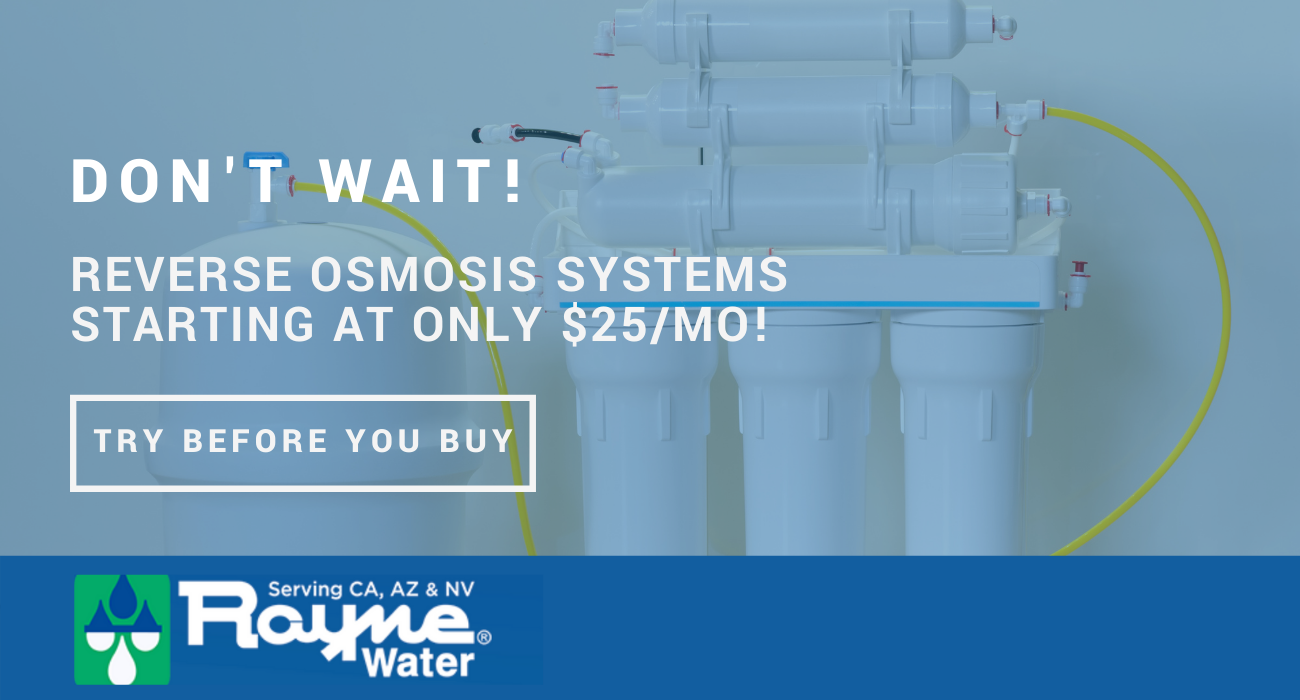Author: Ken Christopher | 10 min read | Apr 28, 2022
Whether you’ve recently moved into a new home or taken a new interest in your home drinking water quality, you may be wondering how to determine the purity and safety of your water supply.
While various at-home packages are available for assessing the water in your home, these packages can be expensive and slow to ship. In this article, we’ll explore how to test water quality at home without a kit to assess for bacteria, lead, nitrates, nitrites, and chlorine.
With the help of four simple at-home tests, you can establish preliminary parameters about your home’s water quality. This information can help you establish a purification plan and harness water treatment technology that addresses the specific water quality issues in your home.
How satisfied are you with your water? Three crucial, qualitative characteristics of your home water supply can indicate the presence of hard water:
While it can be difficult to pinpoint the precise causes of odor, color, or taste abnormalities, identifying issues is the first step in the mitigation process.
If you’re not sure how these qualitative factors impact your current water supply, evaluate your tap water against one of the purest water products on the market—bottled, distilled water.
While even the most highly distilled water products aren’t 100% H 2 O, distilled water can serve as a neutral comparison point for your household water quality.
To evaluate the odor, color, and taste of your tap water, compare each metric to those you observe in distilled water samples. If your at-home drinking water has a funky odor, color, or taste compared to the distilled control, your home drinking water supply might be contaminated.

Water hardness describes the total concentration of dissolved calcium and magnesium solids in a water sample.1
If your home has hard water, you may experience one or more of the following everyday impacts:
One sure-fire way to test your home water hardness without a testing kit is to do the following:
If you observe lingering residue after the water has evaporated, you may have hard water issues at home. Filtering hard water can be essential for a safer water supply.
If you’re testing your home water quality without a water test kit, remember to take note of water quality issues as soon as your water leaves the tap.
Not all contaminant particles will be visible to the naked eye—but relying on your senses is crucial to establishing and fixing drinking water quality issues.
To perform a visual test, thoroughly clean and dry a clear glass bowl or drinking glass. Fill the container with water, place the container in bright light, and use a magnifying glass to take a closer look at the water.
If you notice floating particles, cloudiness, or foam that lasts more than a few minutes, your home water could be contaminated. While not all contaminants are harmful, establishing a baseline for visual water clarity can help you evaluate the effectiveness of any water purification solutions you test out to improve your home water quality.
Again, it can be difficult to observe dissolved solids, but even if you can’t see contaminants, you can still test for water impurities at home without a water test kit. Simply employ the boiling method:
Once you’ve boiled off the water and waited for the pot to cool, run your fingers along the bottom of the pot. If you feel gritty, sticky, or chalky residue, your home water supply contains dissolved solids.
When assessing your water quality at home, you’ll also want to factor in a few external elements that may be affecting the quality of your water and how you should be testing it. These include:
As we mentioned, testing the water quality is important to help eliminate hard water and contaminants that may not only be harmful to your body but can potentially cause issues like plumbing damage, hard water stains, and more. While the water source and local health department regulations may impact the quality, water quality testing can also be essential to determine whether you need a water filter or water softener. Adding a water softener, like an ion exchange water filter, or even reverse osmosis system can help improve and make your drinking water safer.
While at-home water testing without a kit won’t reveal accurate results for which chemicals are contaminating your water, the simple tests above can help you establish a baseline for general water quality. For more nuanced results, consult with water purification professionals in your area to determine which contaminants are present in your water supply and develop a mitigation plan.
At Rayne Water , that’s exactly what we do. Our team has been helping homeowners in the southwest since 1928, and we continue to operate with one express purpose—providing clean, nutritious, and tasty water to home and business owners to promote wellness, reduce exposure to harmful contaminants, and improve the qualitative water experience.
From reverse osmosis systems to ion exchange filters and more, Rayne Water has a solution that can resolve your specific water quality qualms. If you’re ready to improve your at-home water quality, contact us for a free consultation.
Sources: